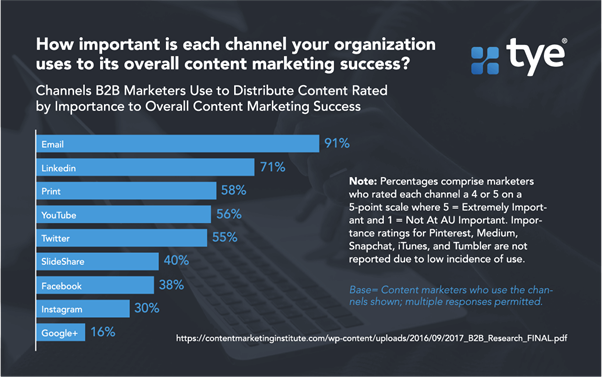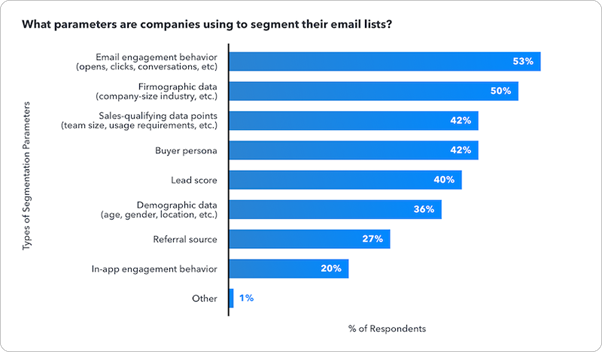Turns out "Subject: Give Me Money. Dearest Money Bags, Please give me money. In exchange for goods and services, give me money. Give money now. From You Know Who," is not the best way of appealing to B2B customers. And it's because of the lack of personalisation. Other than that, it's perfect.

Email marketing tends to thrive through using a couple of elements: directness, engagement and relevance. But although these apply to B2B, you'll need some extra considerations.
A consumer might be happy with a couple of jokes and a reminder of the bucket hat they have in their Urban Outfitters basket, but B2B buyers need more. These are high-level decision makers, either singularly or in a group, who have a lot of considerations, processes, and obligations to think about before they even give you a second look.
So, you may be thinking: "personalisation is a B2C thing! B2B buyers are far too serious, they want a bullet point list on why you're great, why you'll make them money, and how many of your children you'll sell to their company," but you'd be wrong!
According to Salesforce, almost 75% of business buyers expect vendors to personalise engagement to their needs. This means you can start to build relationships before they even make a purchase. And these stable, early relationships can also mean a higher likelihood of conversions, thanks to that developed connection. It's all very romantic.
So how does this all apply to emails? Well, “over 90% of marketers see at least nominal, if not outright impressive, increases in open and click-through rates when employing some form of personalisation," according to VentureBeat.
With email marketing, personalisation involves leveraging data and information you have about your leads and clients, and using this to your advantage. Classic stuff. And it works.

If you call someone by their name, acknowledge their pain points and objectives, at the right time and the right place, they'll respond. In fact, 40% of U.S. consumers report purchasing something more expensive than they planned because of a personalised service. And B2B buyers are no different. We're all just human beings, after all.
Plus, email marketing is more effective than ever. If you want to bring in new customers, and keep old ones engaged, email marketing is the way to go. New, shiny technology can be distracting and alluring, but in the end, emails still remain top for increasing conversions, building awareness, generating leads, and ensuring sales.
When used correctly, the ROI for email marketing was, on average, $42 for every $1 spent.
So, what can you do to personalise your email marketing, for your B2B customers? Well, there's a few things, depending on how advanced you want to go. Little elements of personalisation can go a long way. So, we'll start at the basic stuff, and move our way up, starting with:
Level One: Names
Okay, I told you we'd start small, and I meant it. It's not a case of stopping at the client's name, however.
Although, given the prominence in the inbox, the subject line has a lot of sway over whether your customer even opens the email. So, using the recipient's first name can actually increase open rates by 26%.
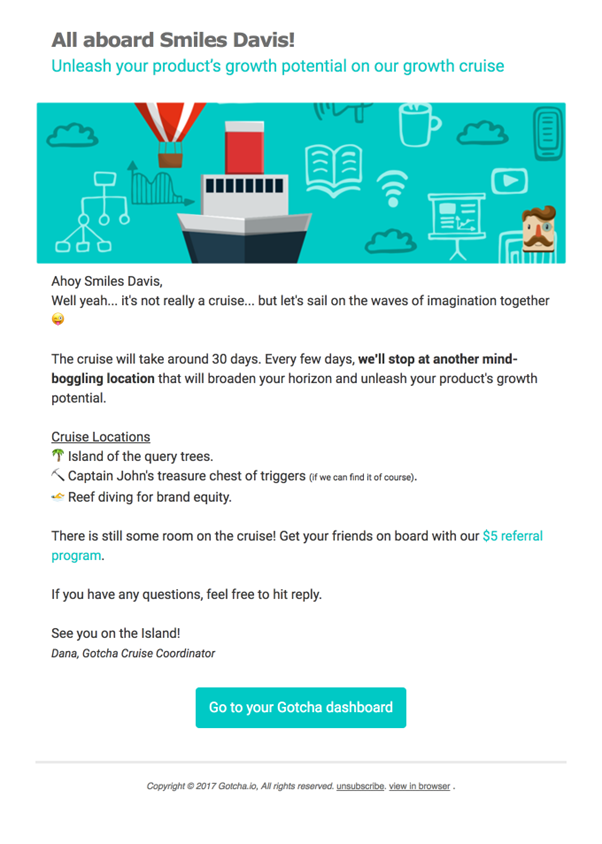
But it's not all about the "to". It's also about the "from".
The only thing as prominent as the subject line, is the sender name. So, make use of it - there's no letting any copy being dead weight, every word and aspect should play a part.
On many desktop and mobile apps, the "from" has a more eye-catching text, so users can see who the sender is, and choose to ignore it if it's Great Aunt Susan sending you minion memes again.
So, it's not a massive shock that 68% of Americans say their decision to open an email comes from the sender's name.
In order to convince people to open your email in the first place, you can personalise the 'from' name in the emails so different subscribers see different things. For example, you can personalise the 'from' name to the specific customer, so it shows the email has come from the individual sales rep or account manager they've been working with.
If the customer has been chatting to Petey, make sure all their emails come from Petey. Don't have them being sent from Anna-Marie, because the customer will be like "who the hell is Anna-Marie? I don't know an Anna-Marie. I bet it's another Aunt with another minion meme. Delete".

Level Two: Content.
Right, we're looking even deeper into content now.
Content can be dynamically changed based on the email subscriber, providing a personalised experience and engaging, relevant content. That's two out of three of the success elements.
If you make the body content of your email campaigns more relevant, it'll increase the chance your subscribers will click through - the whole point of this whole malarkey.
The Expert Institute did this to a T. The expert witness consulting firm personalised their campaign by dividing subscribers into lists based on engagement (more on this later).
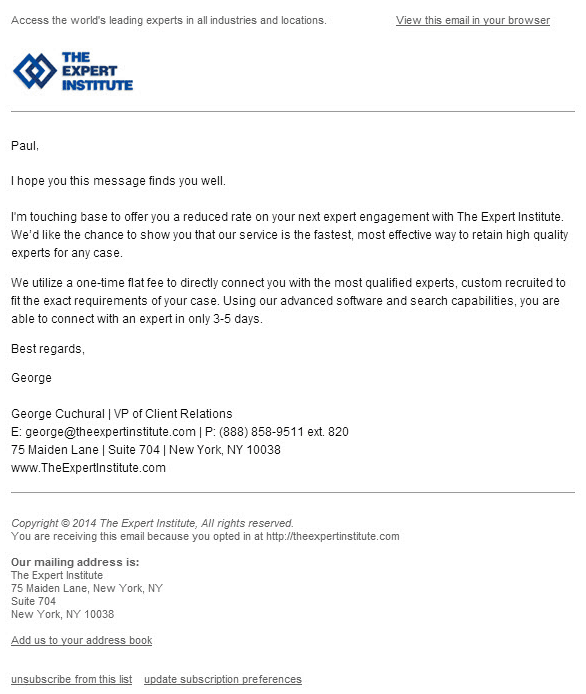
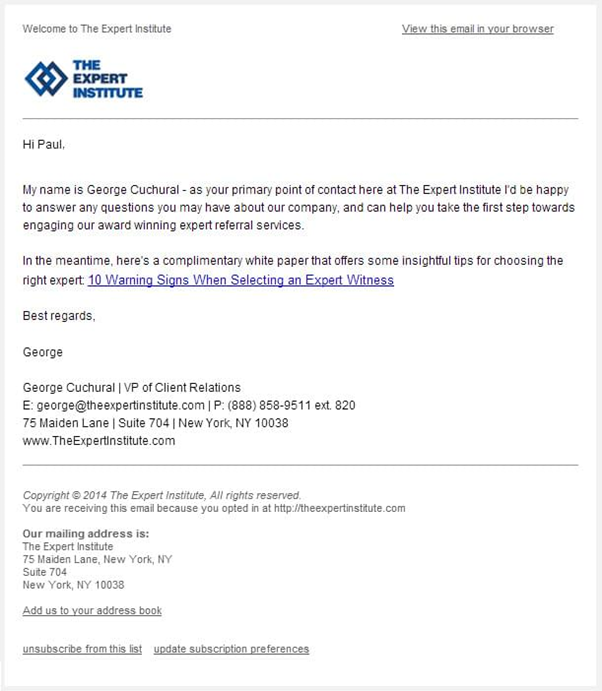
Then, they personalised the content sent. This meant those who were less engaged received free white papers and e-books, with no buzzwords or marketing language.
The second group were sent links to blog posts and CTAs, and emails directly selling and addressing the need for the services the company provided going to the most engaged group.
But don't stop with the copy. Like we said before, every part of the email has to pull its weight. You could try dynamically changing the image in the emails in order to appeal to specific subscribers.
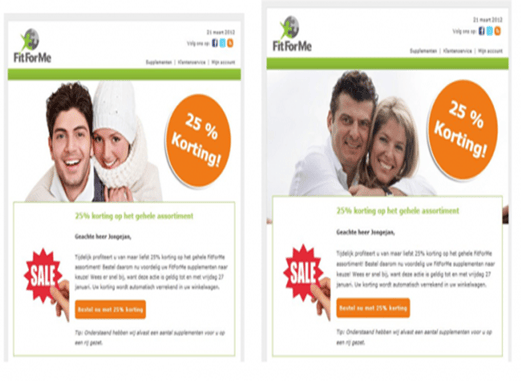
This example changes the image of the couple based on the age range of the recipient. Though, it kind of looks like the first couple has just aged dramatically.
In fact, campaignmonitor.com found that personalised images can drastically change the behaviour of subscribers.
"In a recent campaign, we tested dynamically changing the images to match the subscriber’s location.
We created different images for people in the UK, USA, and Australia and tested them against a generic version (with just one location-agnostic image) to see if personalized images worked better.
By making the images in our email campaign personalized to the subscriber’s location, we were able to increase our email click-through rate by 29%."
You might also personalise content based on lack of behaviour. To re-engage customers, you could send an email asking whether they're still interested in your services. Alongside this, you might include thank you notes, special promos, or requests for feedback. This is a last-chance-saloon situation, so go all out.
Level 3: Behavioural Segmentation
When GetResponse ran a survey back in 2015, only 58% of marketers were using segmentation. Only two years later, the 2018 survey saw 100% of their respondents segmenting their email lists.
Most of these marketers were segmenting based on email engagement behaviour, as we saw with The Expert Institute. In fact, 37% of companies are using email conversions to segment, 35% using email clicks, and 33% email opens.
50% use firmographic data, using attributes like company size, industry and revenue to segment their lists. Then comes parameters related to sales qualifying data points and buyer personas, then lead score.
Firmographic data segmentation can be particularly good to determine which products or plans you should push for different audiences. So, based on the size of a company a different plan might be recommended to them; smaller companies with smaller revenue and a smaller employee count will be sold a smaller, cheaper plan.
The least popular ways to segment lists were referral source, in-app behaviour, and demographic data. This is where B2B and B2C differ.
For B2B companies, age and gender aren't as useful as it is for retail and e-commerce. But, that doesn't mean you should discount it completely. Instead, you can use individual attributes such as location, role, and job title to segment. So, if the person's role is in sales, they'll have a much different email as compared to an IT or Engineering professional.

Personalised marketing doesn't mean tailoring to every single customer, don't worry. I could see you downloading the birth certificates and dating profiles of every subscriber, you know.
Buyer personas are super valuable for segmentation. Building these personas helps provide a personalised experience. For example, Dormify had three types of customers. So, instead of sending out a blanket email, they automated a three-series email blast for the three types. As a result, they increased their email revenue by 92%.
Marketers have reported a 760% increase in email revenue from segmented campaigns. If you think about it, it makes sense. The marketers in your list come from all over; B2B, B2C, tech, retail, finance, and beyond. All of these industries will have their own specific issues and nuances. So, being able to tackle those pain points specifically will make your content relevant, engaging and direct. That's three out of three.
Use your Customer Relationship Management, or CRM, tool to collect information about your contacts to help you segment.

